Let’s talk about the banking crisis, what happened, and what it means for you.
What Happened:
Interest rates are so low for so long, that the government sells their debt at the prevailing interest rates and they sell US treasuries.
SVB Bank was putting their depositor's money into these two-year, five-year, and ten-year treasuries. Well, that means they have to hold them for two years, five years, or ten years, or they have to sell them on a secondary market.
With the economic decline, some of SVB Bank's depositors came in and started taking more of their money out than the bank had readily available, some of what was in these treasury bonds.
These treasury bonds had declined in value. Why? Because the Federal Reserve had increased interest rates, making the bonds less valuable. So SVB Bank went to the secondary market and was auctioning several billion dollars worth of these treasuries to be able to get cash to give to their depositors.
When several billion dollars worth of US treasuries hit the secondary market, people begin to talk. And, quickly found out SVB Bank was doing this. Word ran really fast in a digital age and many people raced to the bank to get their money!
And the next thing you know, SVB Bank was on the verge of collapse and ended up going into receivership. As a result, the bank’s depositors would have lost their money if it was outside of FDIC insurance. With FDIC insurance, the federal government stepped in and made sure all depositors’ money was backed up.
Here is the lesson:
The lesson is that everybody, including very smart bankers, got stuck on low-interest rates and didn't keep themselves with enough margin or enough liquidity to be able to think about what could happen if rates started going up and they couldn't transfer fast enough when the rates increased so greatly.
What could you do personally?
Well, make sure that your deposits, if you have the issue of a lot of cash, don't exceed the FDIC insurance amount. Maybe have your deposits at multiple banks. That's one way that you can secure your money, so that when you need it, when you demand it, you can go get it, get fired up, and have a fully funded life!
